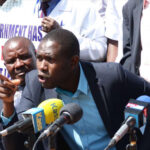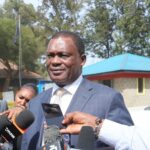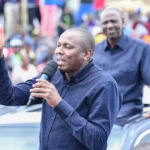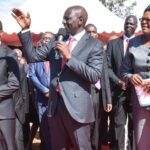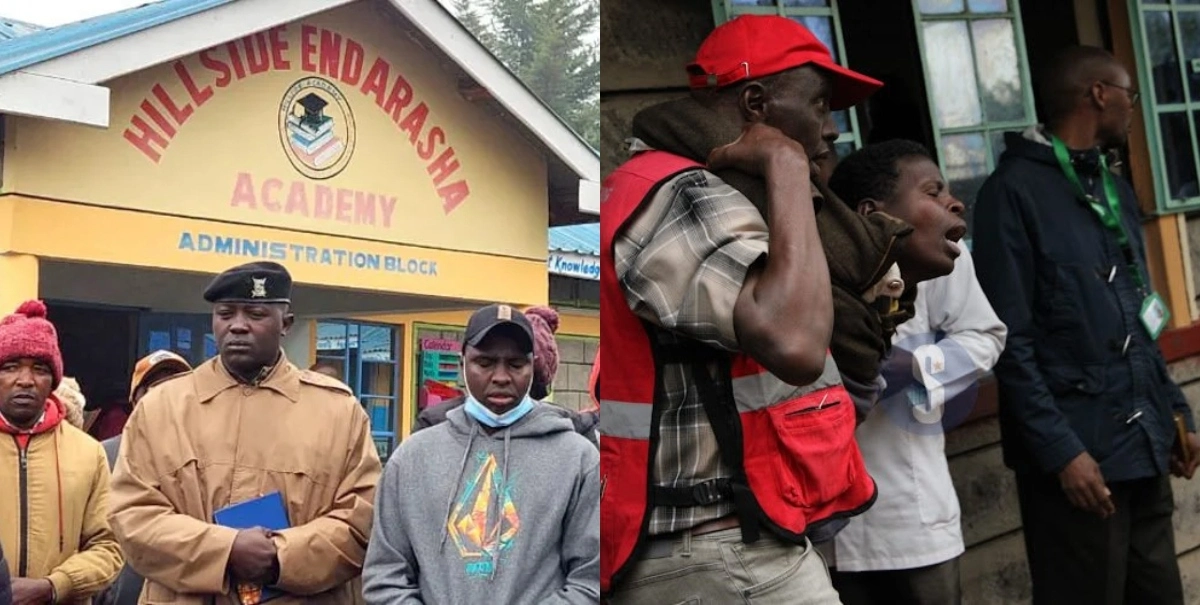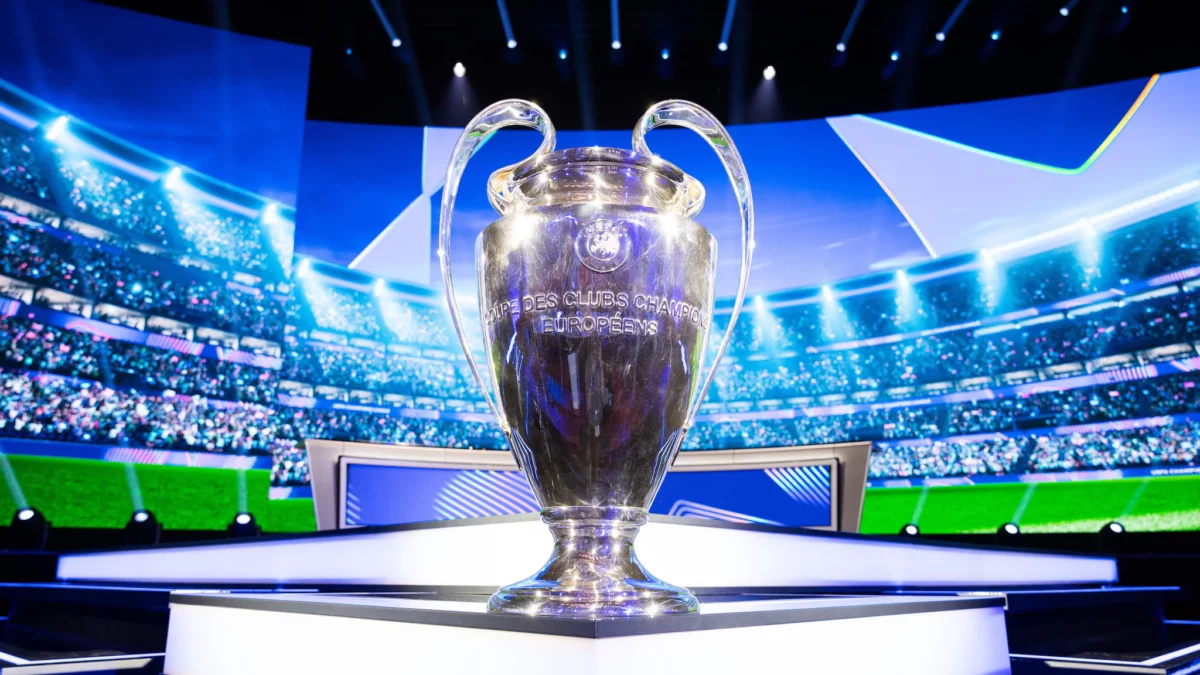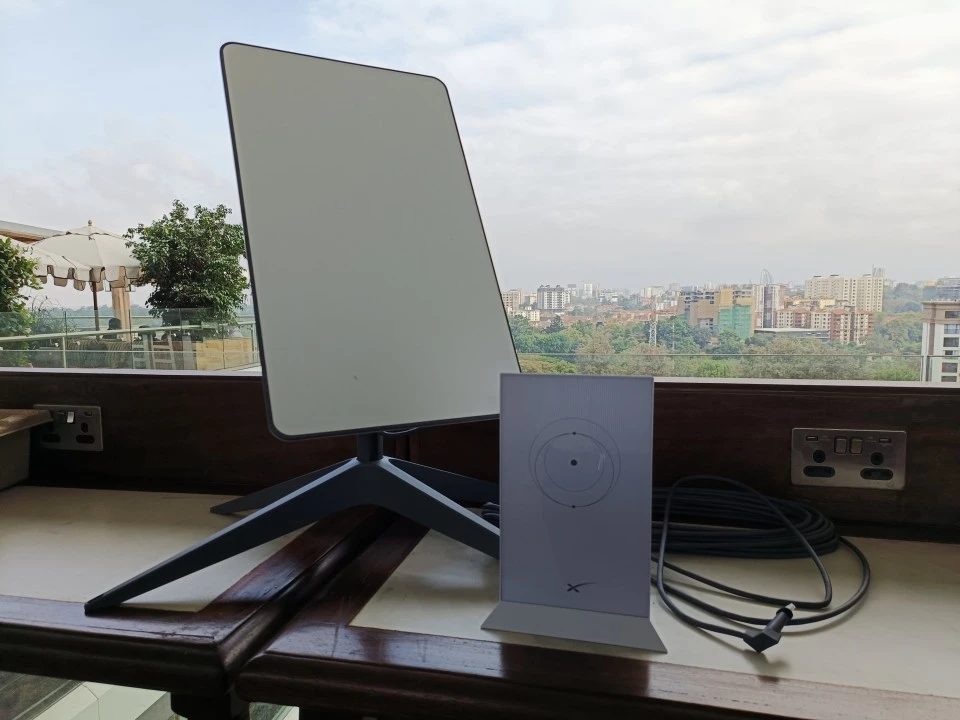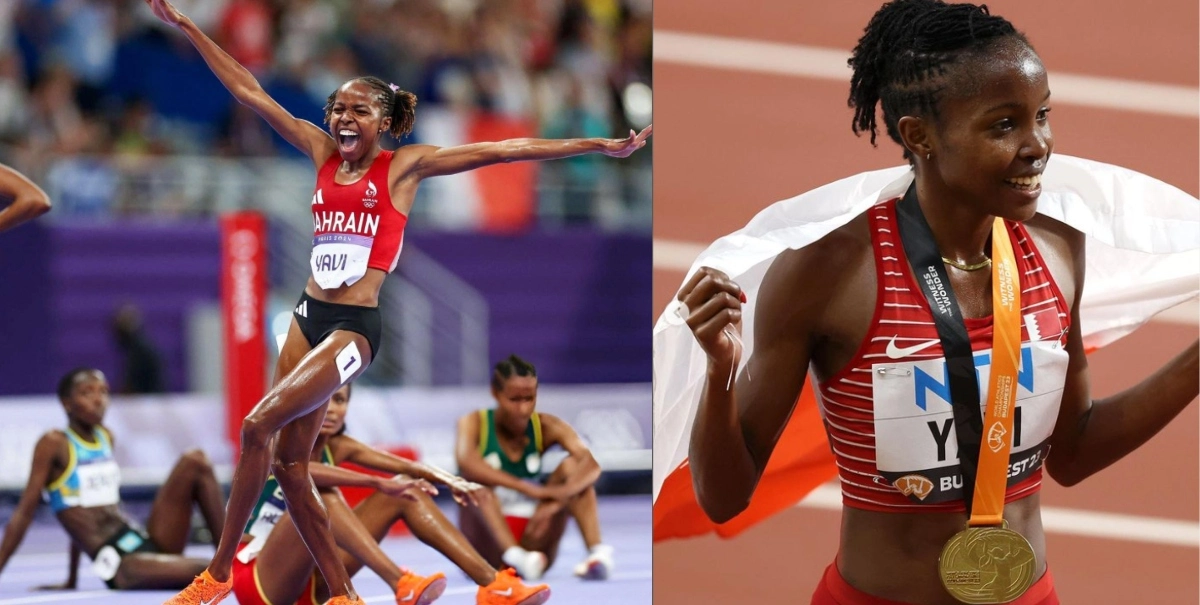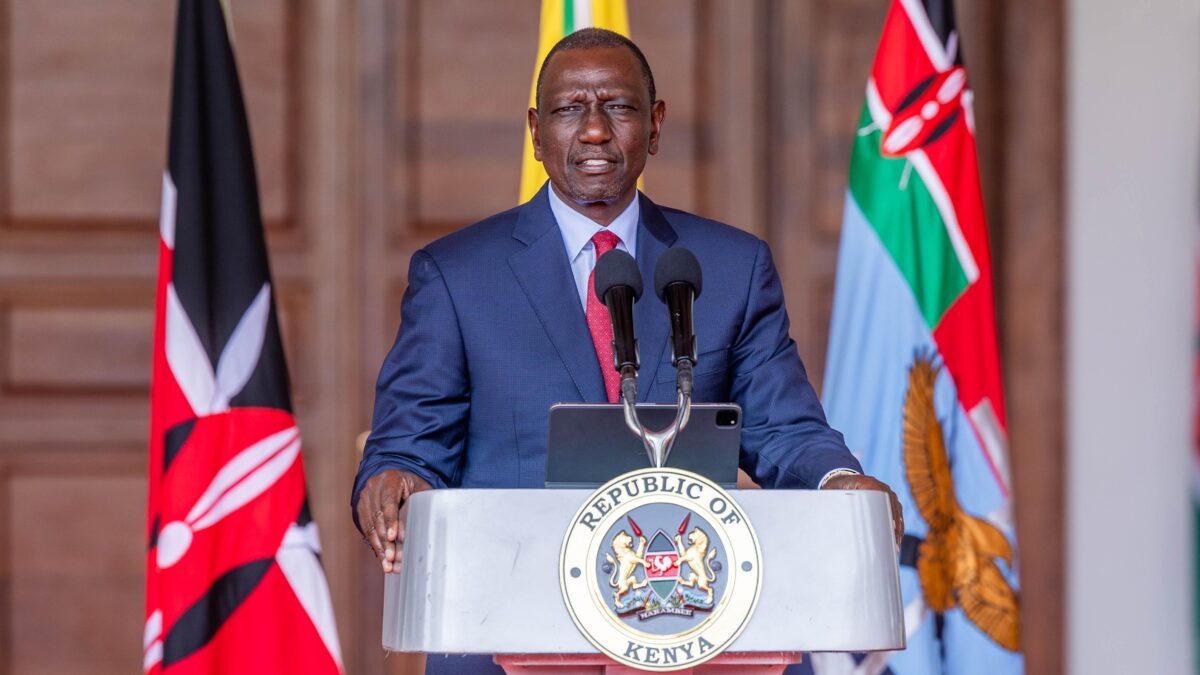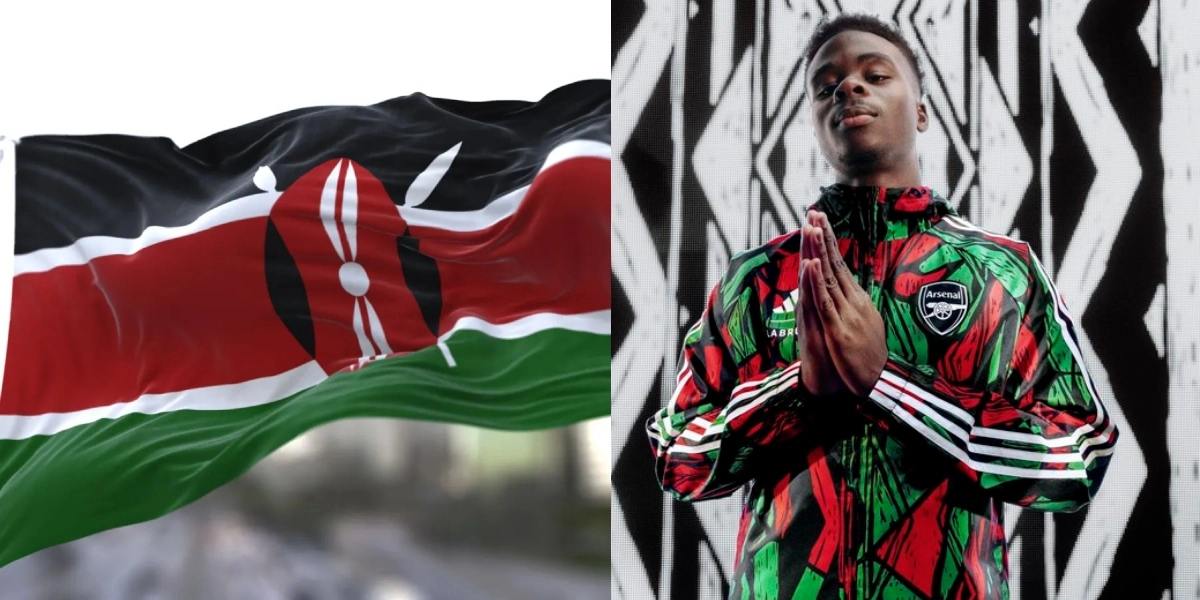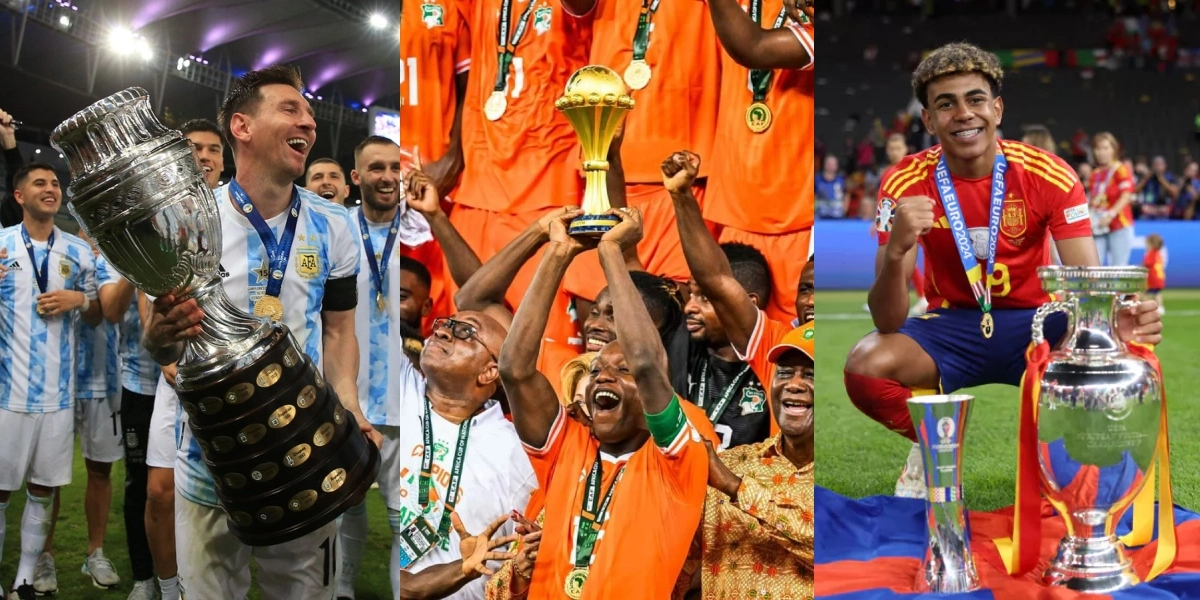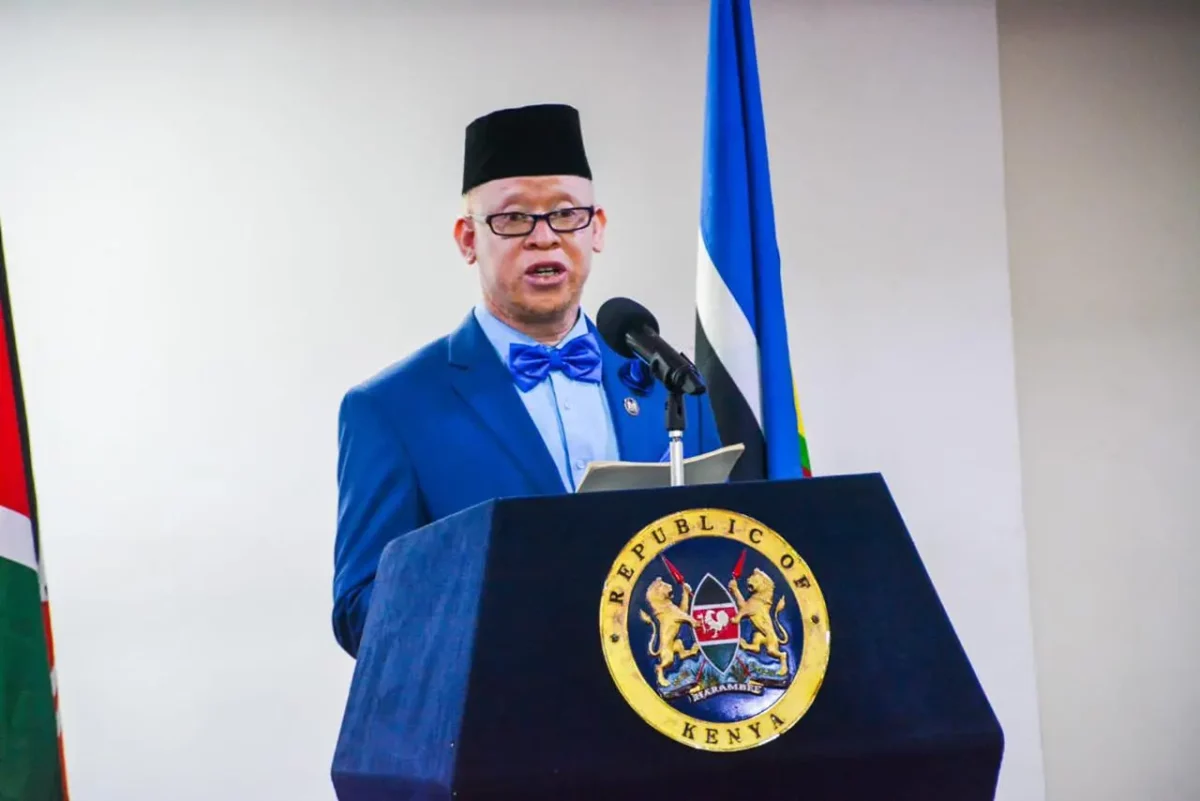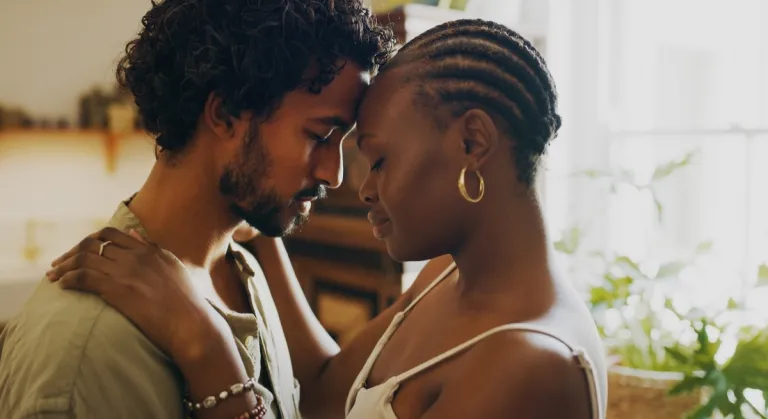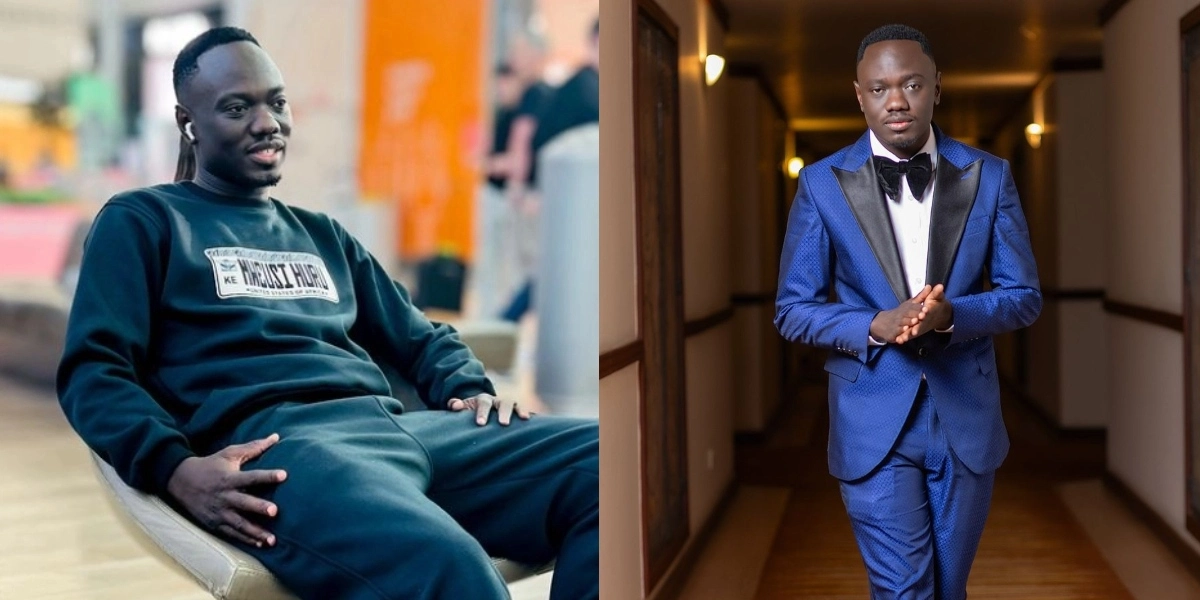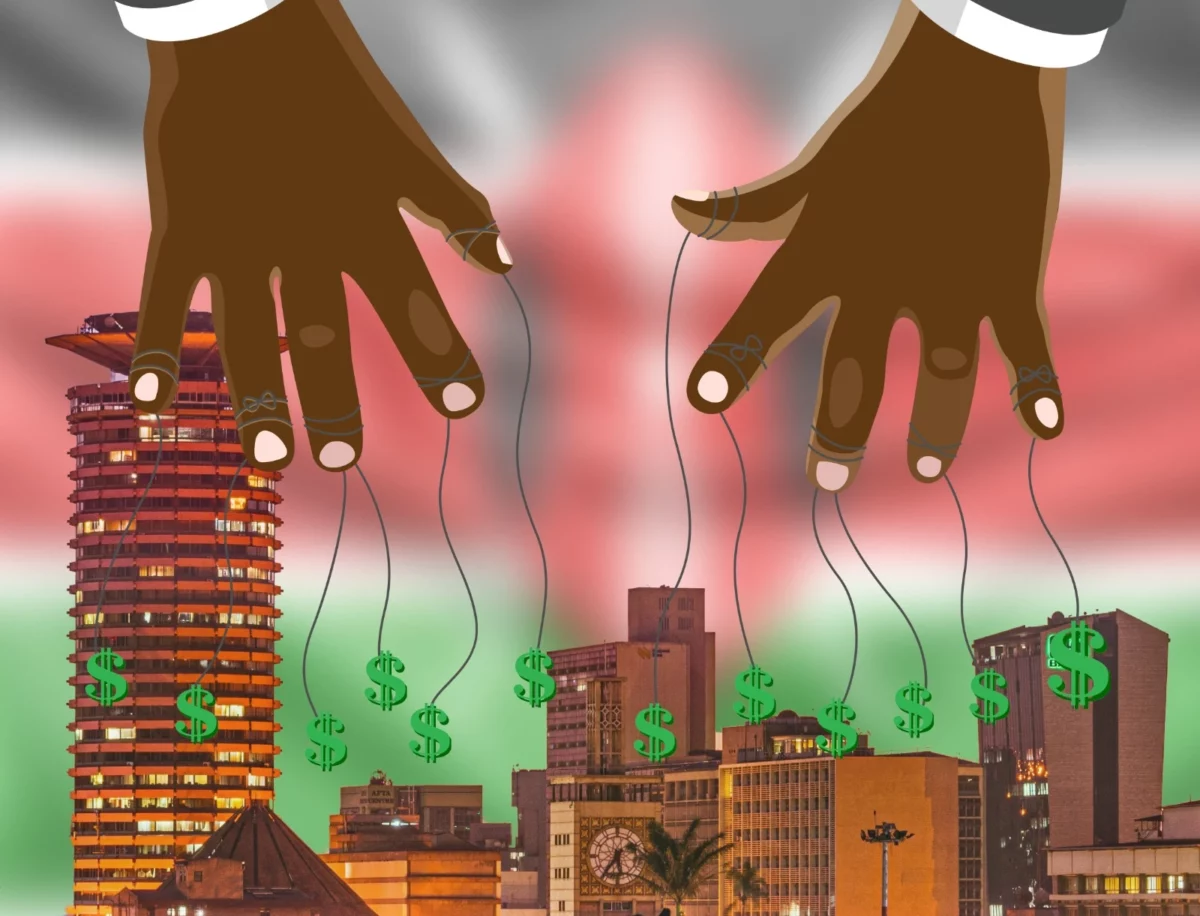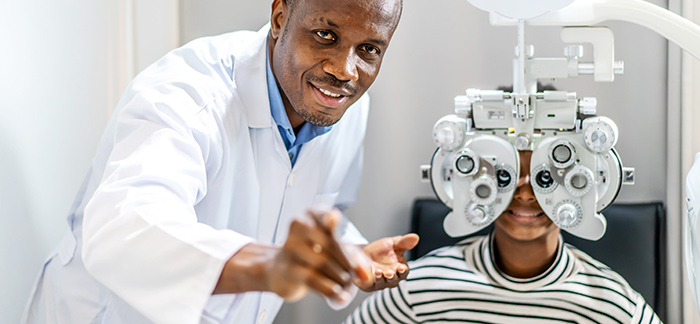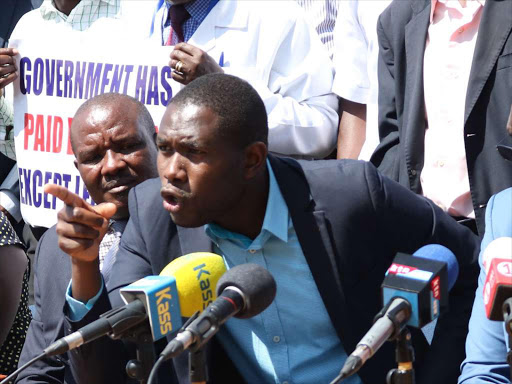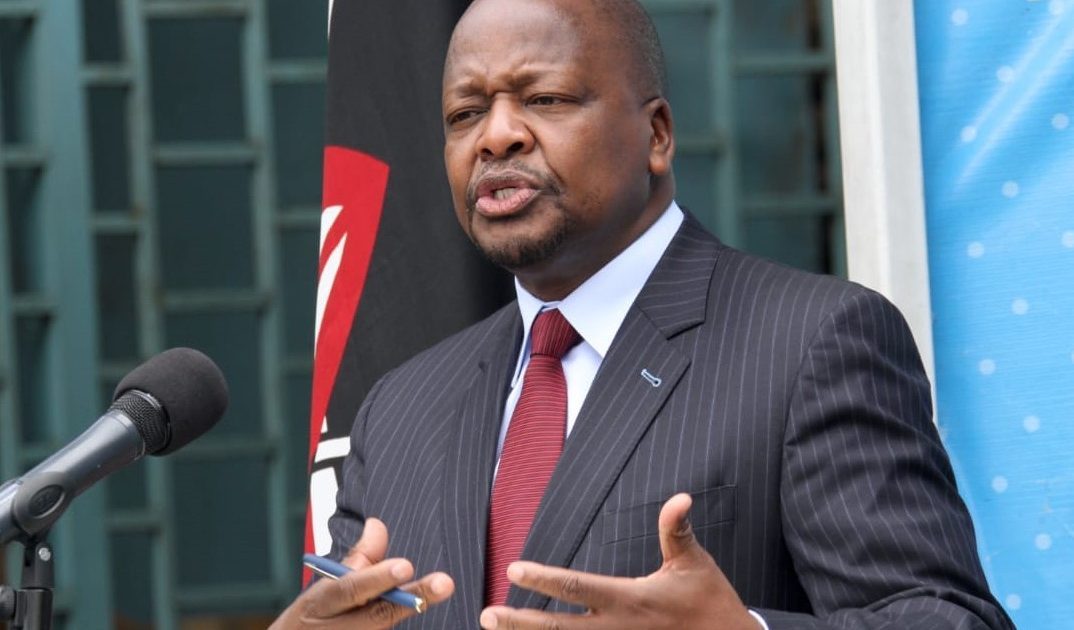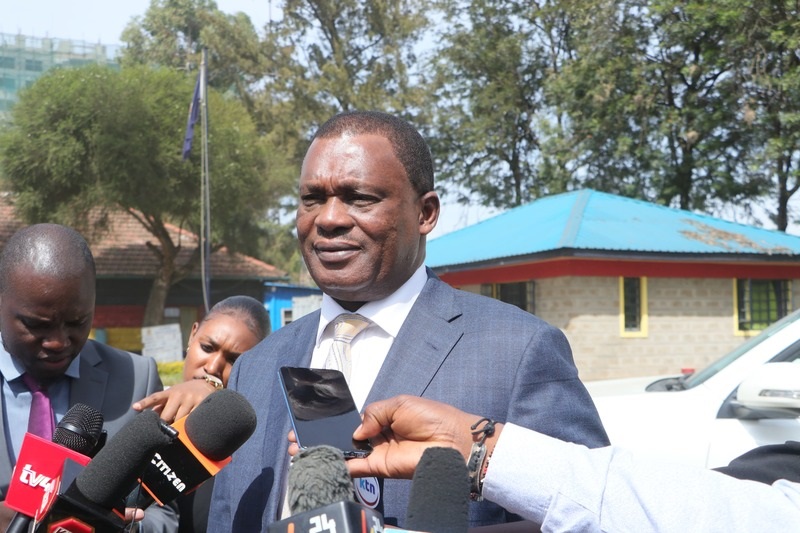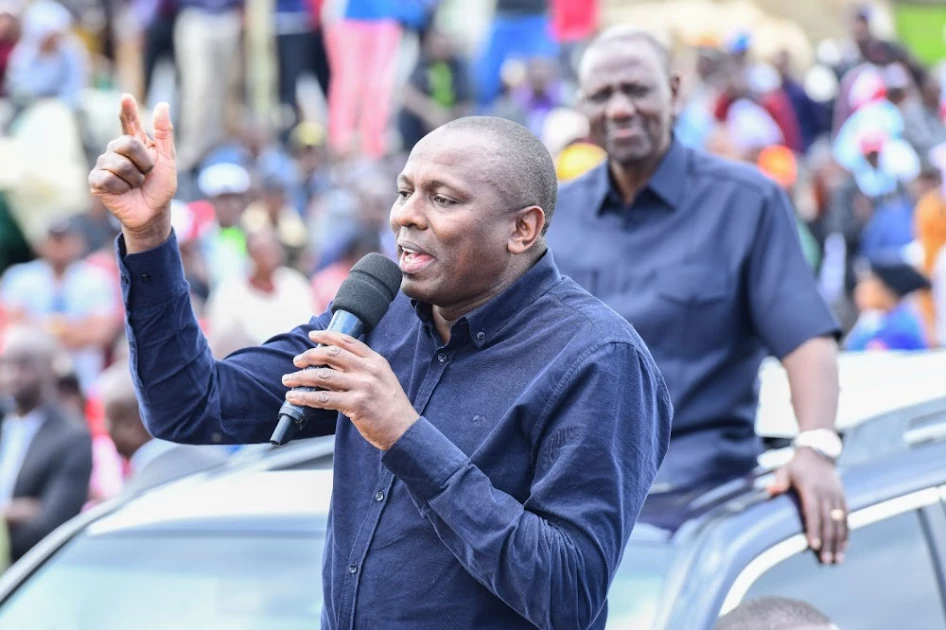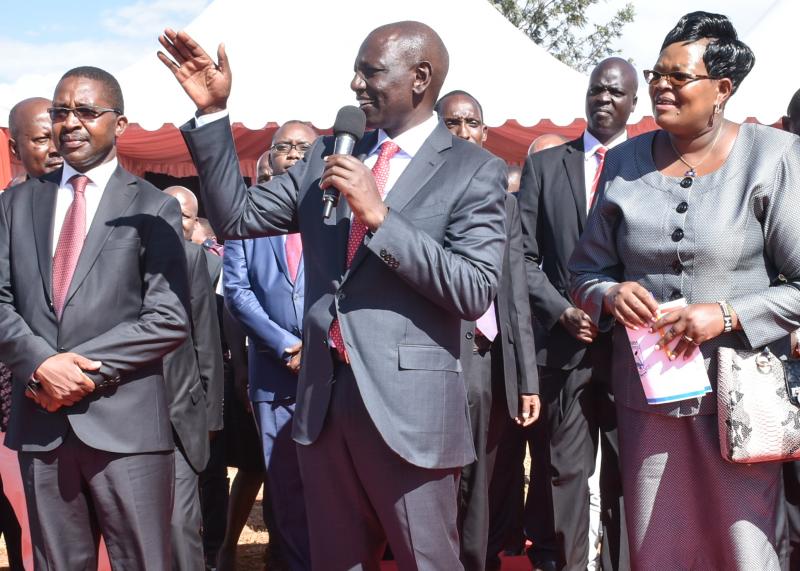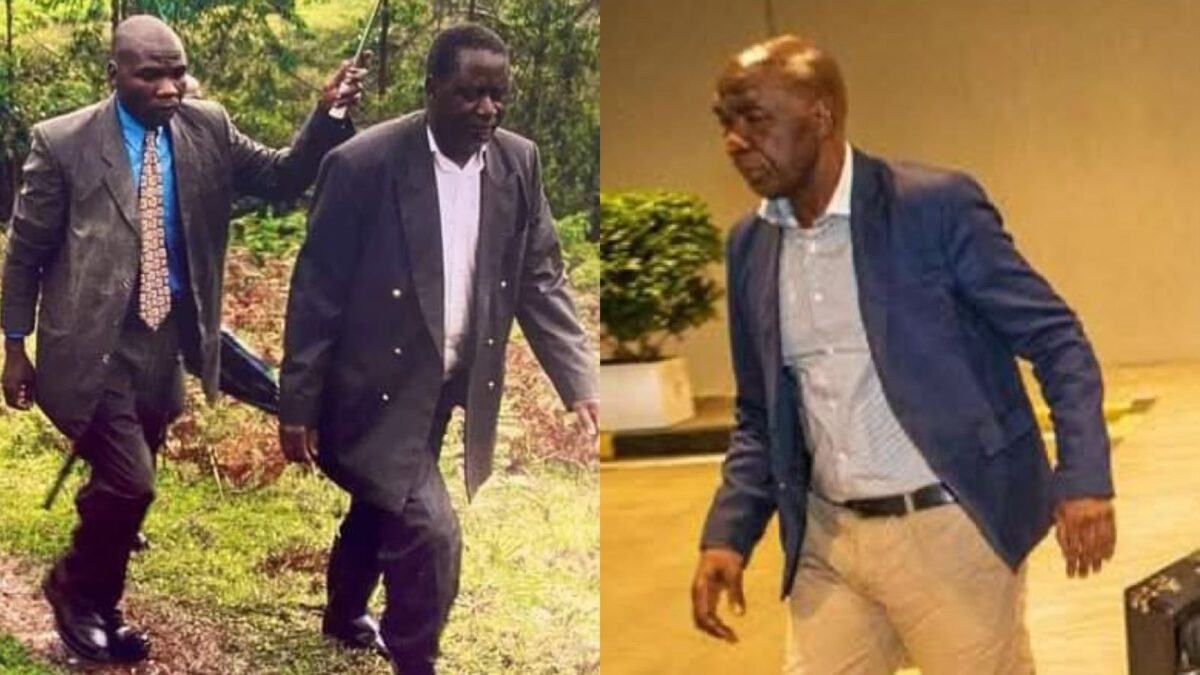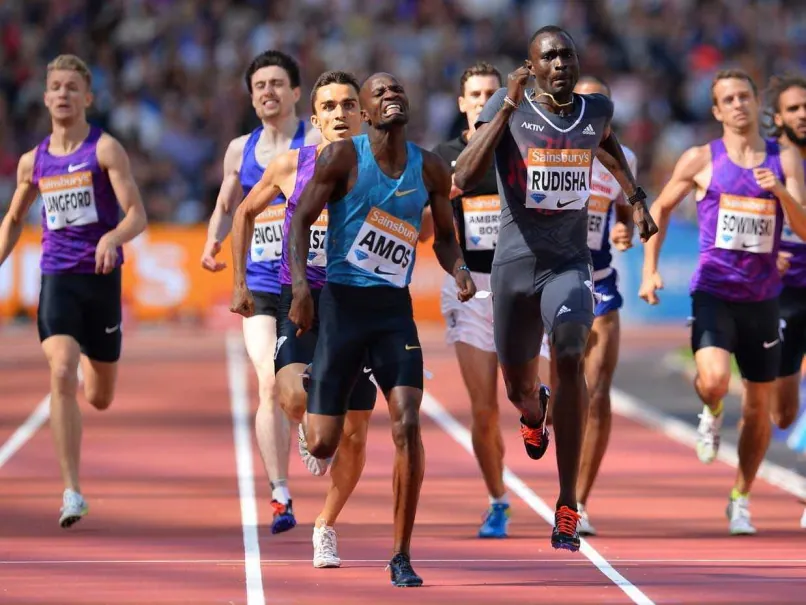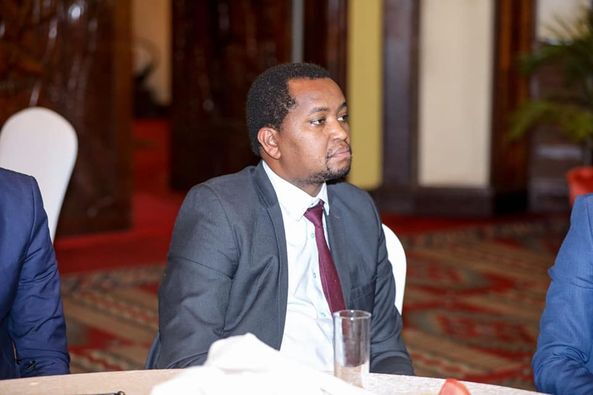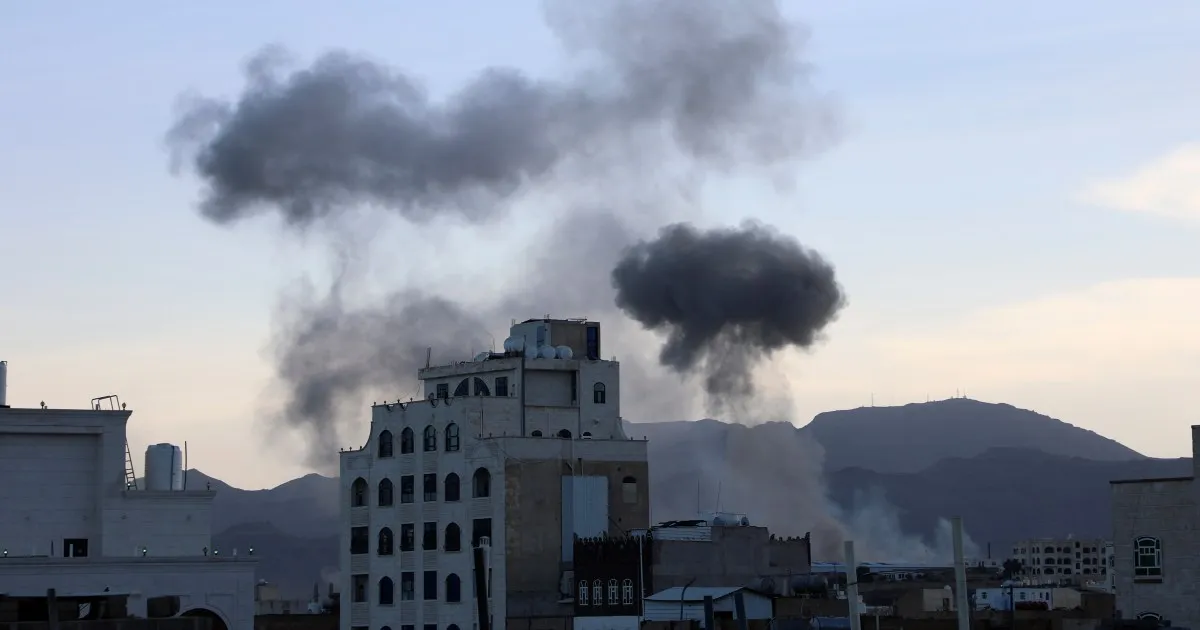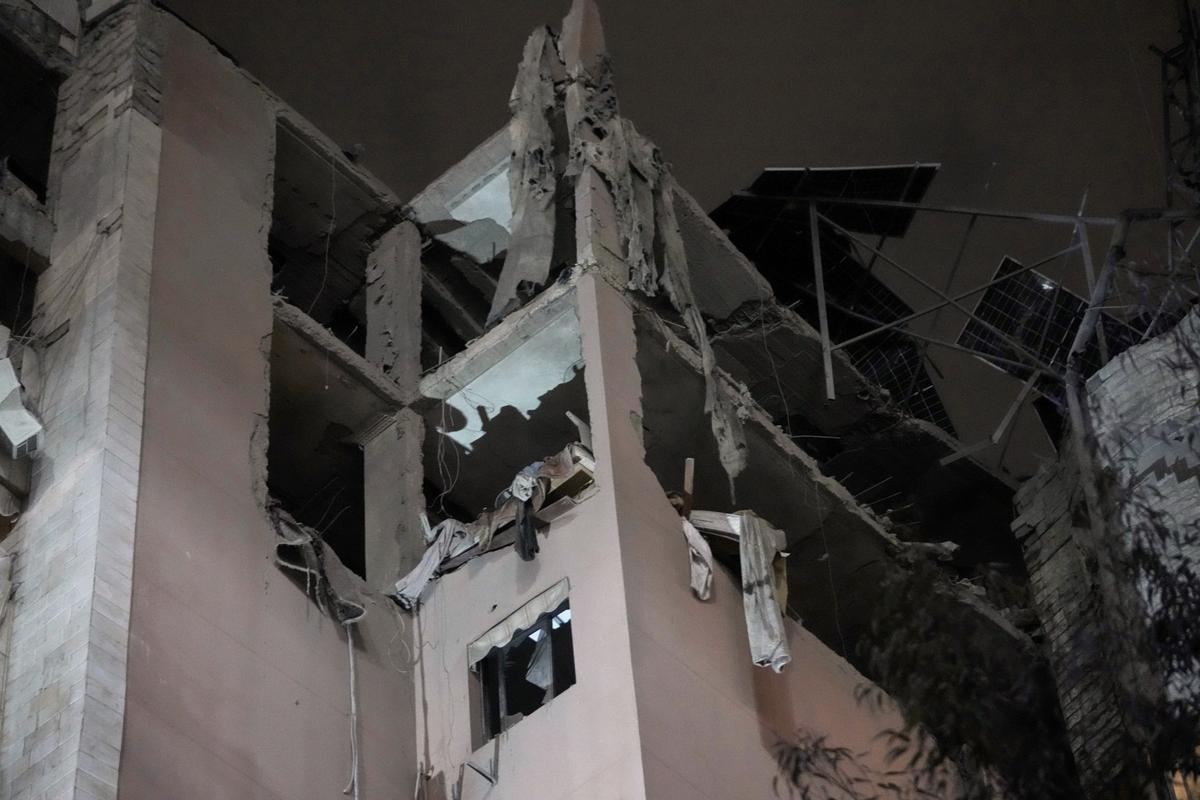Madaraka Day is a significant public holiday in Kenya celebrated annually on June 1st. The word “Madaraka” is derived from the Swahili language and translates to “self-rule” or “autonomy.” This day commemorates an important milestone in Kenya’s history—the attainment of internal self-rule from British colonial rule on June 1st, 1963.
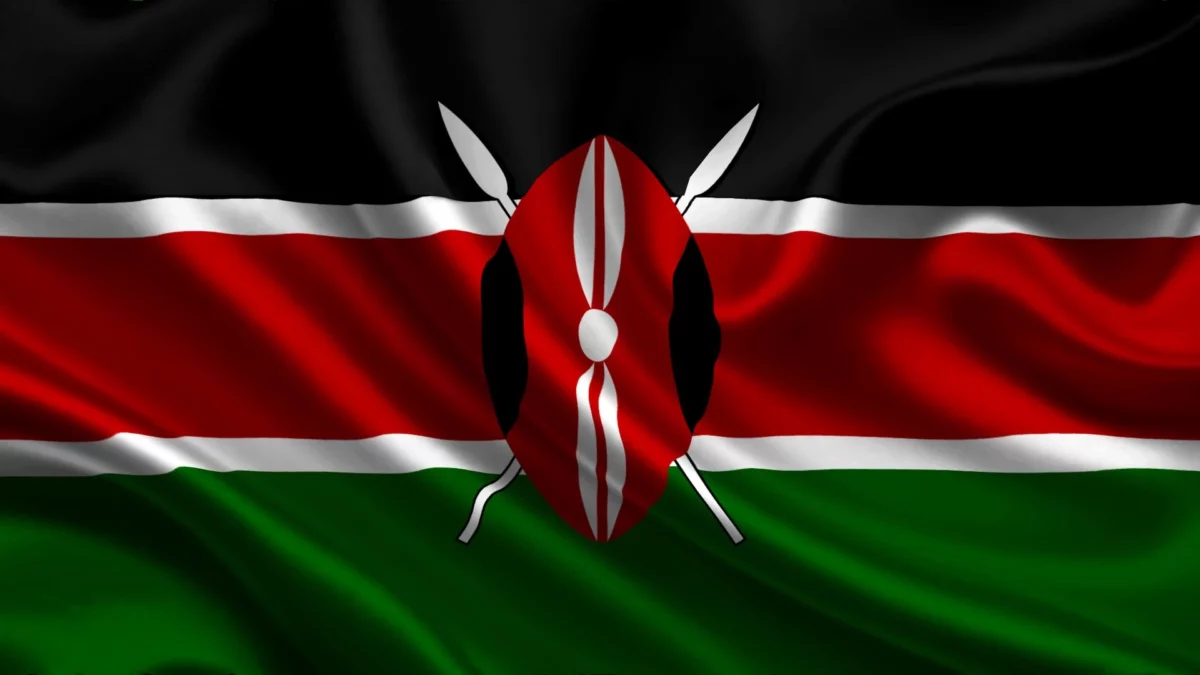
Some key aspects and significance of Madaraka Day
Prior to June 1st, 1963, Kenya was a British colony known as British East Africa Protectorate. The struggle for independence was led by various nationalist movements and leaders, notably Jomo Kenyatta, who later became the country’s first Prime Minister and subsequently the President.
Organizations such as the Kenya African Union (KAU) and the Mau Mau movement played crucial roles in mobilizing and organizing resistance against colonial authorities.
They fought for land rights, political representation, and an end to British domination. The men that were killed fighting for freedom, the women that were raped and all the people of Kenya who were part of the fight for independence.
Kenya experienced a growing desire for political autonomy and freedom from British colonial rule. The attainment of self-rule marked a significant step towards full independence, which Kenya achieved on December 12th, 1963.
Constitutional Reforms and Negotiations by The Lancaster House Conference held in London in 1960 provided a platform for negotiations between British authorities and Kenyan political leaders.
The conference resulted in significant constitutional reforms that paved the way for self-rule and independence. As a result of the constitutional reforms, elections were held in May 1963. Jomo Kenyatta’s Kenya African National Union (KANU) emerged as the majority party, and on June 1st, 1963, Kenya achieved internal self-rule. This marked a significant milestone on the path to full independence.

Madaraka Day commemorates the granting of internal self-rule by the British government to the people of Kenya. It signifies the transfer of power from the colonial authorities to the Kenyan government, allowing the country to govern itself in internal affairs while the process of attaining full independence continued.
June 1 marks the day that Kenya came one under one ruler who was Kenyan. Madaraka Day was chosen as the official holiday to commemorate the day Kenya achieved internal self-rule. The term “Madaraka” signifies self-governance and autonomy in the Swahili language.
Kenya’s 60th Madaraka Day Celebration
The main event takes place in a designated location, often attended by government officials, dignitaries, and citizens. This year, the main event is to be held in Embu and it officially marks the first big event that Embu gets to hold since independence.
The President addresses the nation, highlighting achievements, outlining government plans, and emphasizing the significance of self-rule and national unity. Cultural performances, parades, music, and dance are also part of the festivities. The different armies march for a guard of honour and people come together to celebrate.
An occasion for Kenyans to reflect on their journey to independence, celebrate their national identity and honour those who fought for freedom. It serves as a reminder of the sacrifices made by the independence heroes and the progress made since then.
A day to pay tribute to men like Jomo Kenyatta, Oginga Odinga, and Dedan Kimathi among others. The day also emphasizes the importance of unity, patriotism, and the shared responsibility of building a prosperous nation. It is the day we get to commemorate the colours of our flag and sing our national anthem with pride.
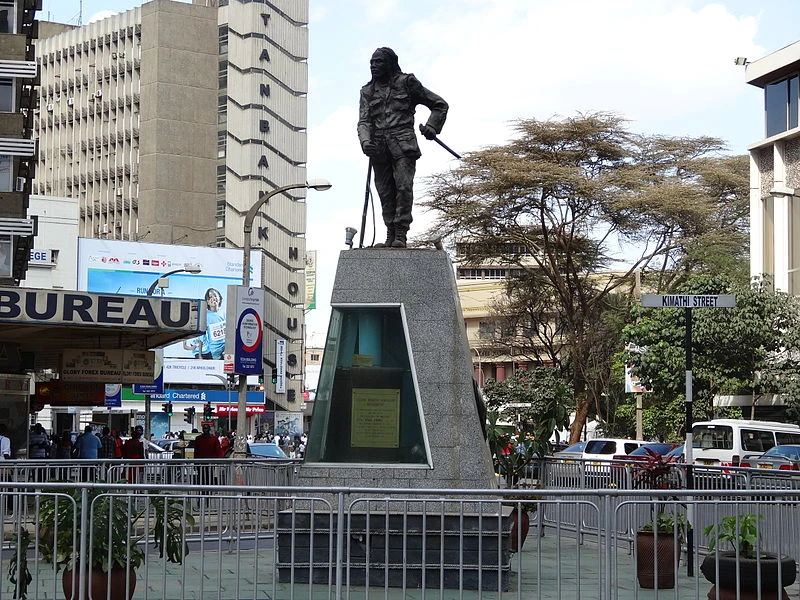
The celebrations often emphasize the core principles and values that define the nation. These include democracy, sovereignty, social justice, equality, and the rule of law.
The day provides an opportunity for leaders and citizens to renew their commitment to these ideals and work towards achieving the nation’s aspirations.
It emphasizes the principle of democracy and the weight it carries for there was a time we didn’t have it. It is the day that the leaders are reminded of the principle of democracy. Rule of the people, by the people and for the people.
Madaraka Day signifies the freedom of both the country and individuals from labouring in the white farms tirelessly. It signifies the freedom to own lands without walking around with a ‘’kipande’ around the neck as though a slave.
It signifies a moment when Kenyans could seek economic opportunities and finally accumulate wealth without risking their safety. It meant freedom in every respect, politically, socially and economically for both the country and the people.
Areas we’ve progressed in heading to Madaraka Day
Political Stability in the country regardless of the tensions. Kenya has experienced periods of political stability, interspersed with challenges such as political unrest, ethnic tensions, and electoral disputes.
The country has made strides in consolidating democratic institutions, establishing multi-party systems, and conducting regular elections.
Even in instances where there has been a myriad of conflicts, Kenya always resorts to the provisions of the constitution using 2007 as a basis of reference. It was the worst season we had as a country and no one wants o go back to that. So even currently as there is a threat of demonstrations and fighting for the people’s representation, the people are still following constitutional procedures.
Kenya has achieved notable economic growth over the years. The country has diversified its economy beyond agriculture, with sectors such as manufacturing, tourism, financial services, and information technology playing significant roles.
Its government has implemented policies to promote foreign investment, entrepreneurship, and infrastructure development. Kenya has risen through the ranks to become one of the fast-growing developing countries in Africa.
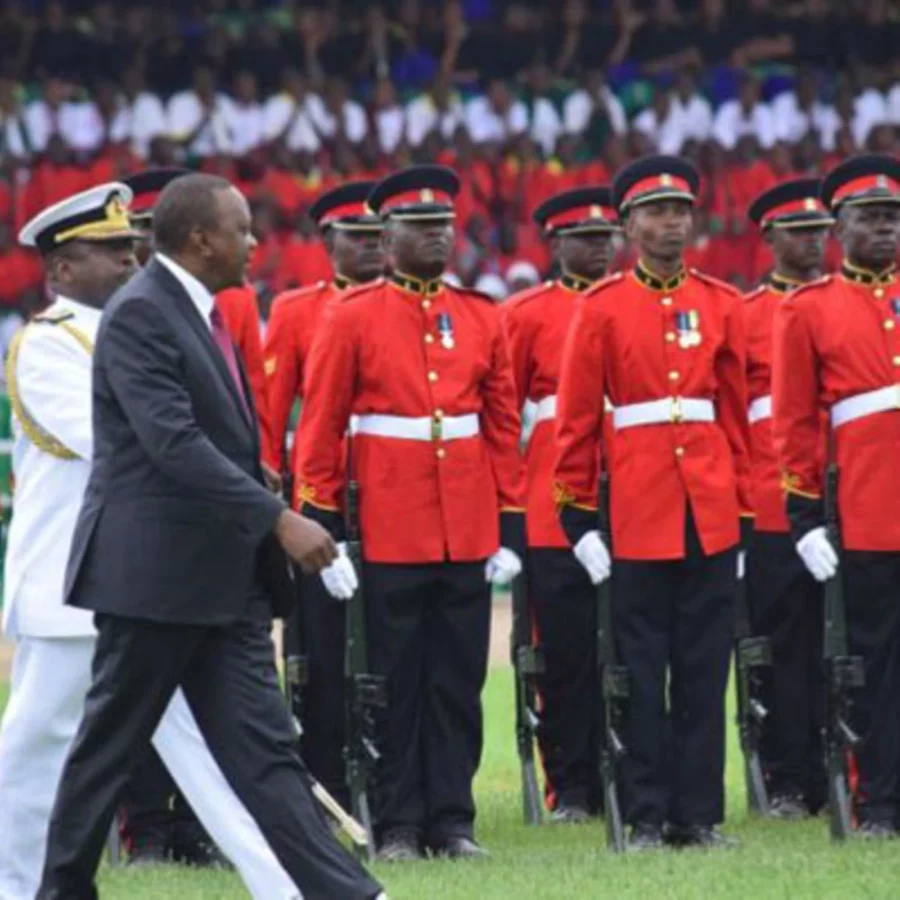
The country has invested in infrastructure projects to support its growing economy. This includes the construction and expansion of roads, railways, airports, ports, and energy generation facilities.
Notable projects include the Standard Gauge Railway (SGR) connecting Nairobi and Mombasa and ongoing infrastructure development in urban centres like Nairobi. There has been the Expressway connecting Westlands and Mlolongo has reduced traffic significantly.
There has been notable progress in expanding access to education and healthcare services. The government has implemented free primary education and made efforts to improve the quality of education.
We have every student attaining the bare minimum level of education increasing the country’s level of literacy. Steps such as the involvement of HELB have helped a lot of students pursue their university education and complete their studies.
Additionally, the healthcare system has witnessed improvements in infrastructure, access to healthcare facilities, and the fight against diseases such as malaria and HIV/AIDS. The introduction of NHIF has helped a lot of people to gain access to healthcare services.
The provision of free HIV/AIDS Antiretroviral drugs has helped to reduce the prevalence of deaths caused by the disease. We have COVID-19 institutions that were built to deal with the pandemic and are now being used to better the healthcare systems.
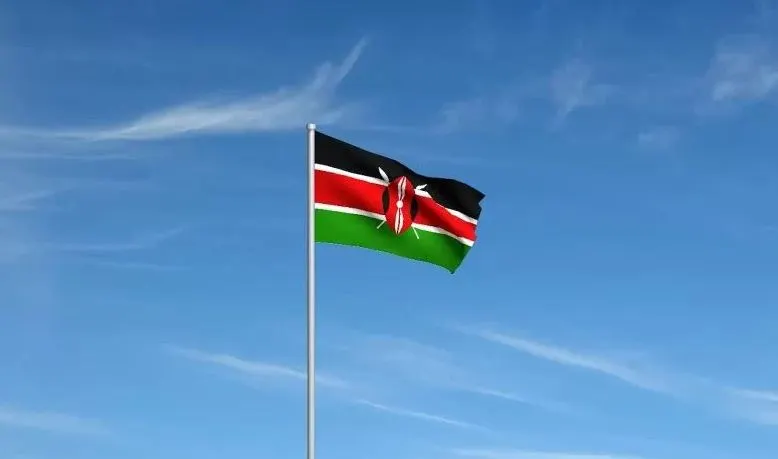
Kenya has emerged as a leader in technological innovation in Africa. The country has a vibrant tech sector, particularly in mobile money services (such as M-Pesa) and digital entrepreneurship. These innovations have contributed to financial inclusion, e-commerce growth, and increased access to services.
It has played an active role in regional affairs and served as a hub for diplomacy, peacekeeping, and mediation efforts. It has contributed troops to peacekeeping missions and hosted various international conferences. Kenya was part of the country to aid the peace talks in DRC between the M23 and the existing government.
We have Kenya intervening in the Sudan war that led to the split into Sudan and South Sudan. Through all these spaces, Kenya has been instrumental in maintaining peace among the East African countries.
Other than that, The President, Ruto has been seen starting revolutions among African nations through conferences. Him provoking African Countries to come together and be self-sustainable.
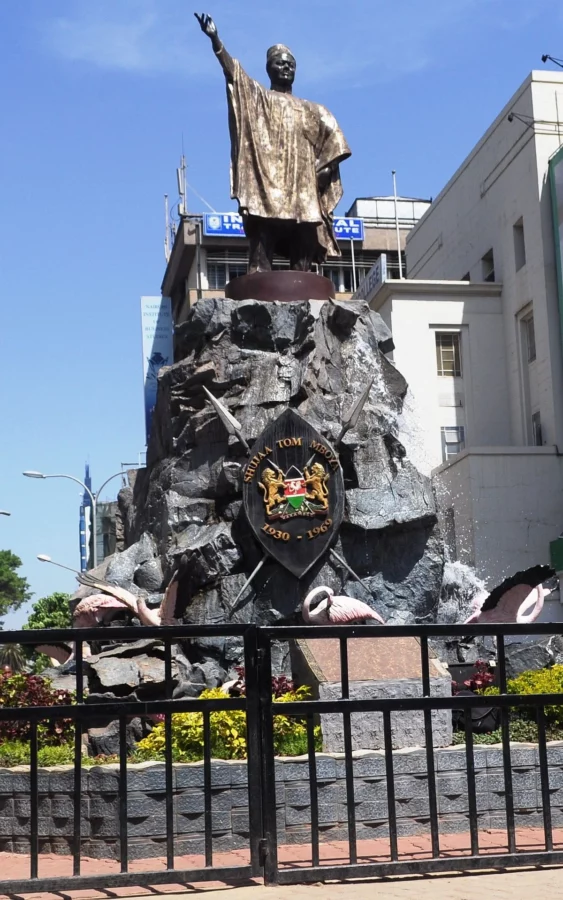
Challenges Facing Kenya as we approach Madaraka Day
Despite the progress, challenges remain in Kenya. These include poverty, corruption, inequality, unemployment, and infrastructure gaps in certain regions. The government continues to work towards addressing these issues and implementing reforms to foster inclusive and sustainable development.
We have the wrangle regarding the proposed finance bill 2023 which is harsh to Kenyans and creating tension. Kenya is still in the struggle of ensuring better electoral systems that cannot be manipulated by people.
The country is still struggling with attaining higher literacy levels by providing access to high school education for all citizens. We have yet to provide better housing arrangements for people living in slums.
Still battling corruption in government offices and the police department. With allegations of corrupt civil servants, police officers and government officials. Many use tenders to enrich themselves and steal from the country and not help it.
Youths still lack jobs after they have attained their education and certificates. With no jobs, they cannot sustain themselves leading to an increased number of street people.
Kenya still has a lot to work on, but we cannot deny the progress we have attained over the years. Madaraka Day is a time we all come together to celebrate our identity, values, beliefs, progress and differences.
Read Also: Kenya’s National Anthem

